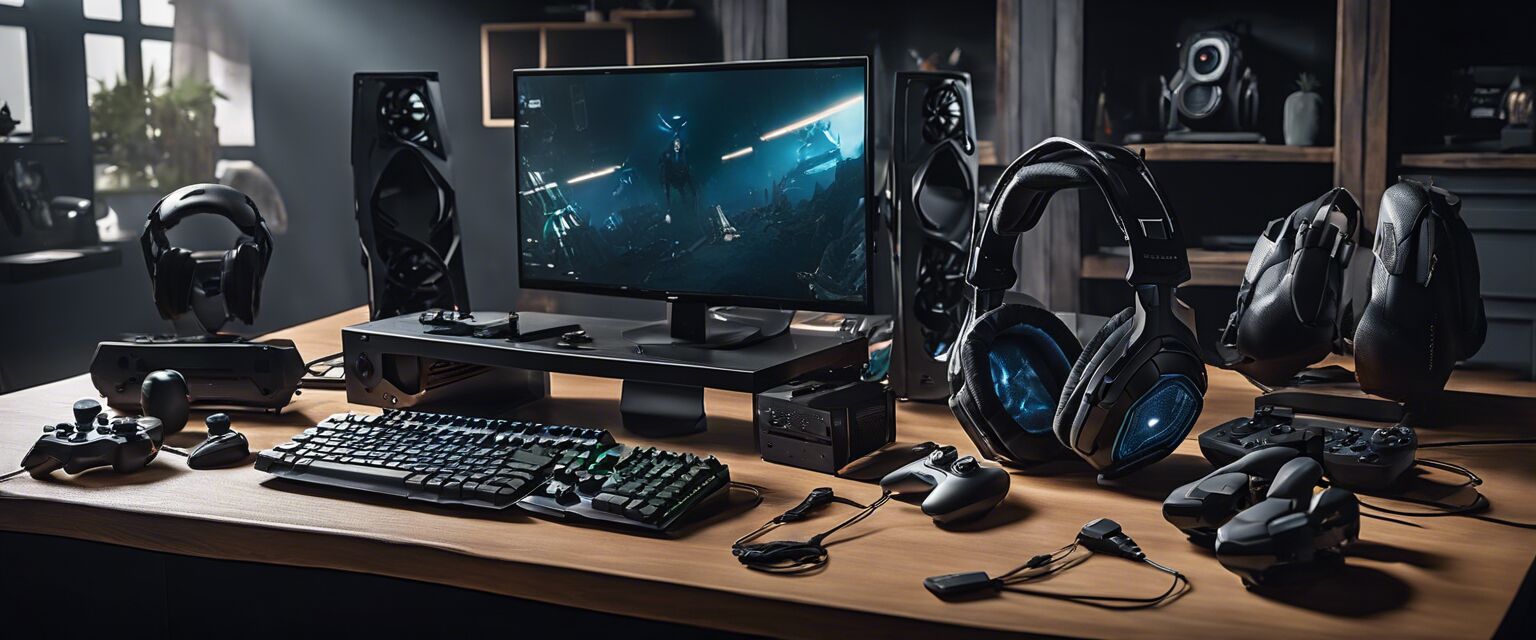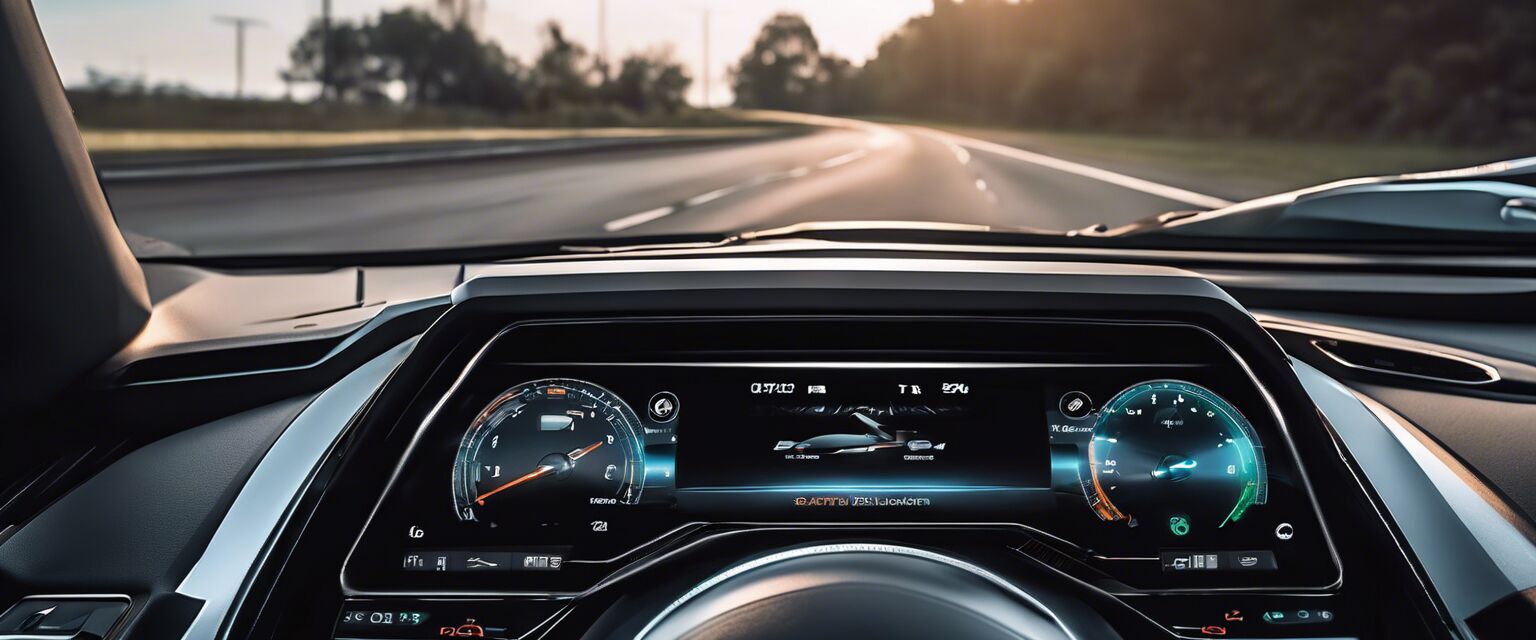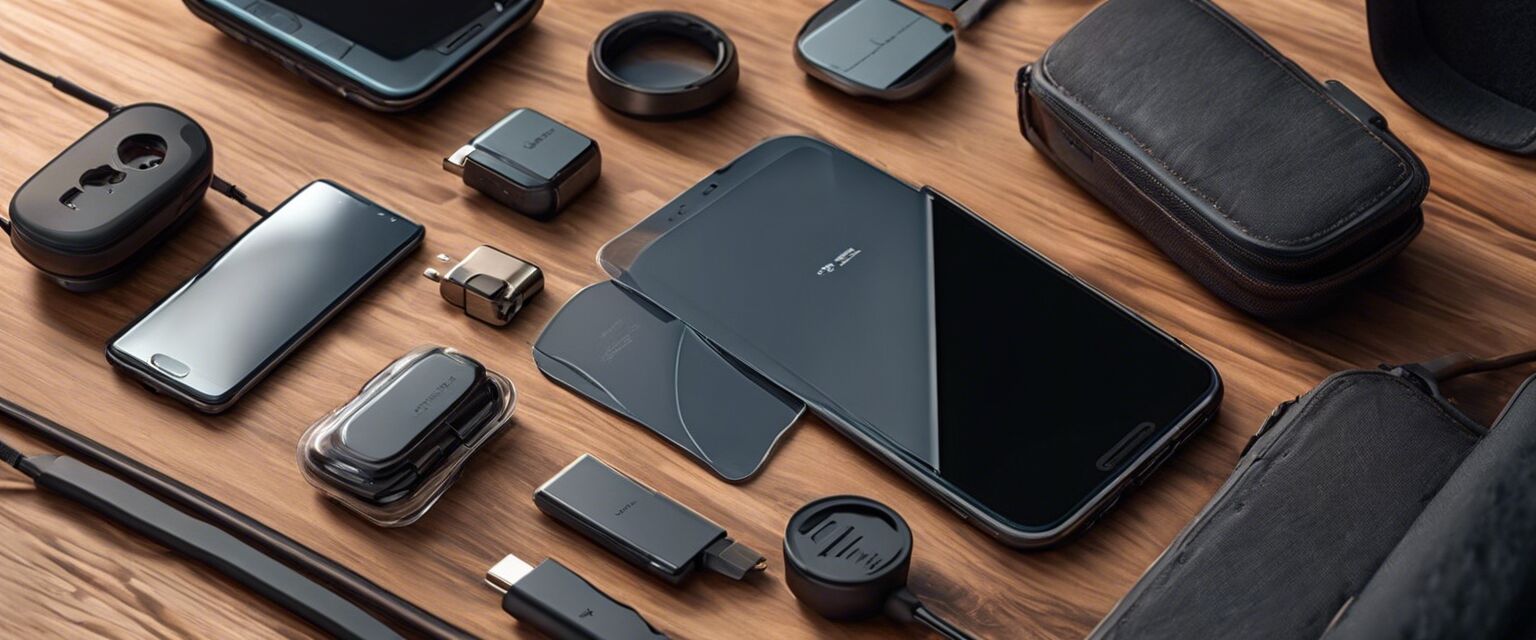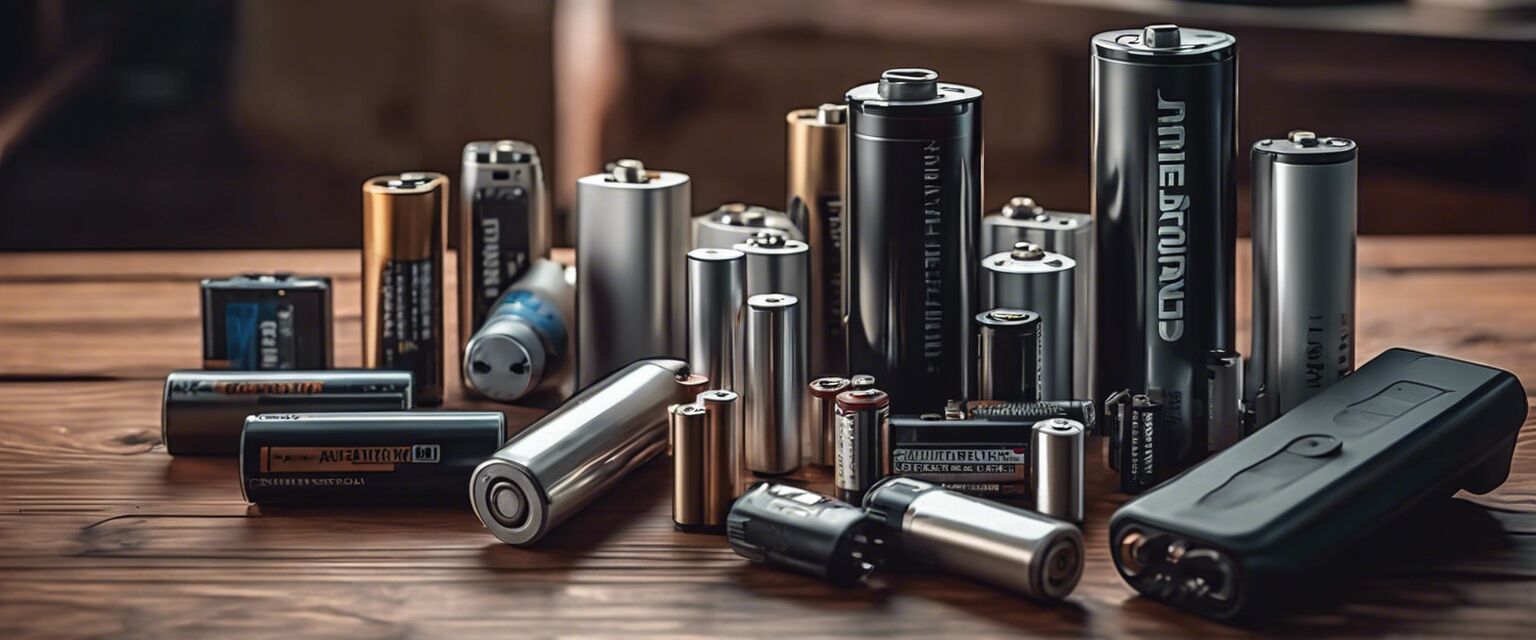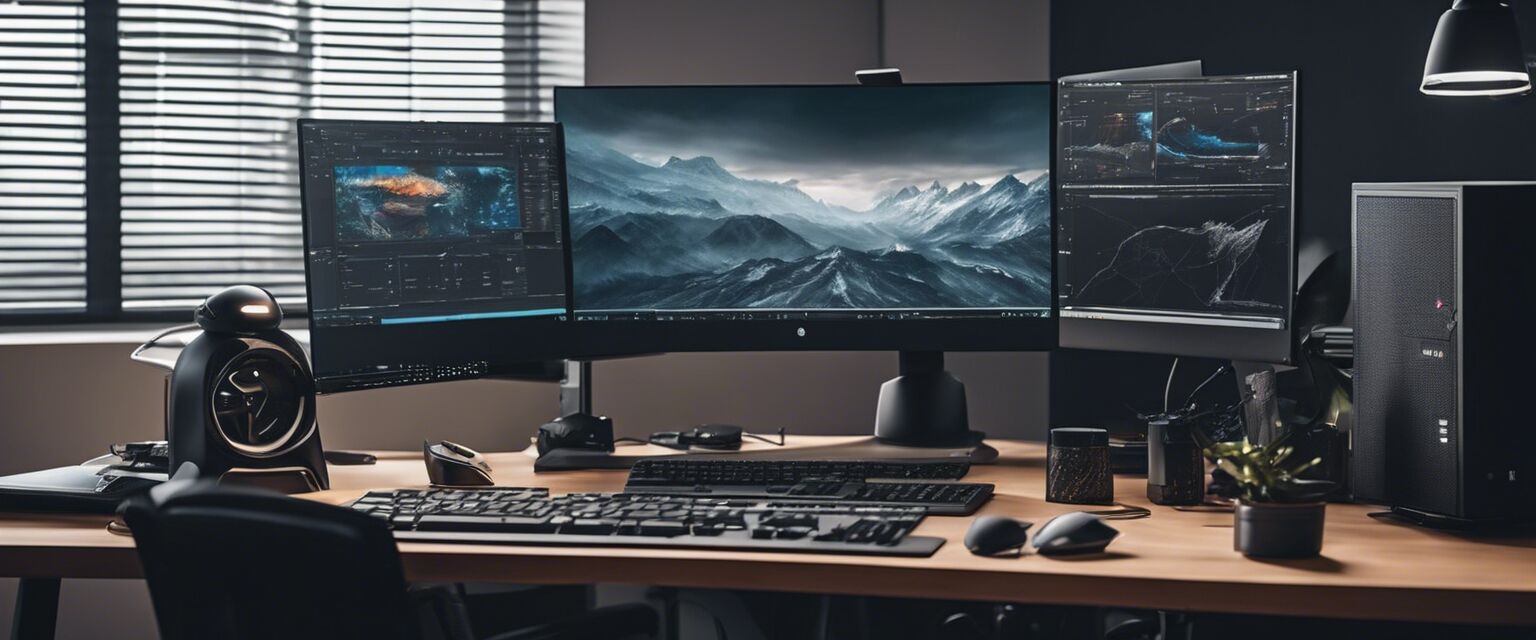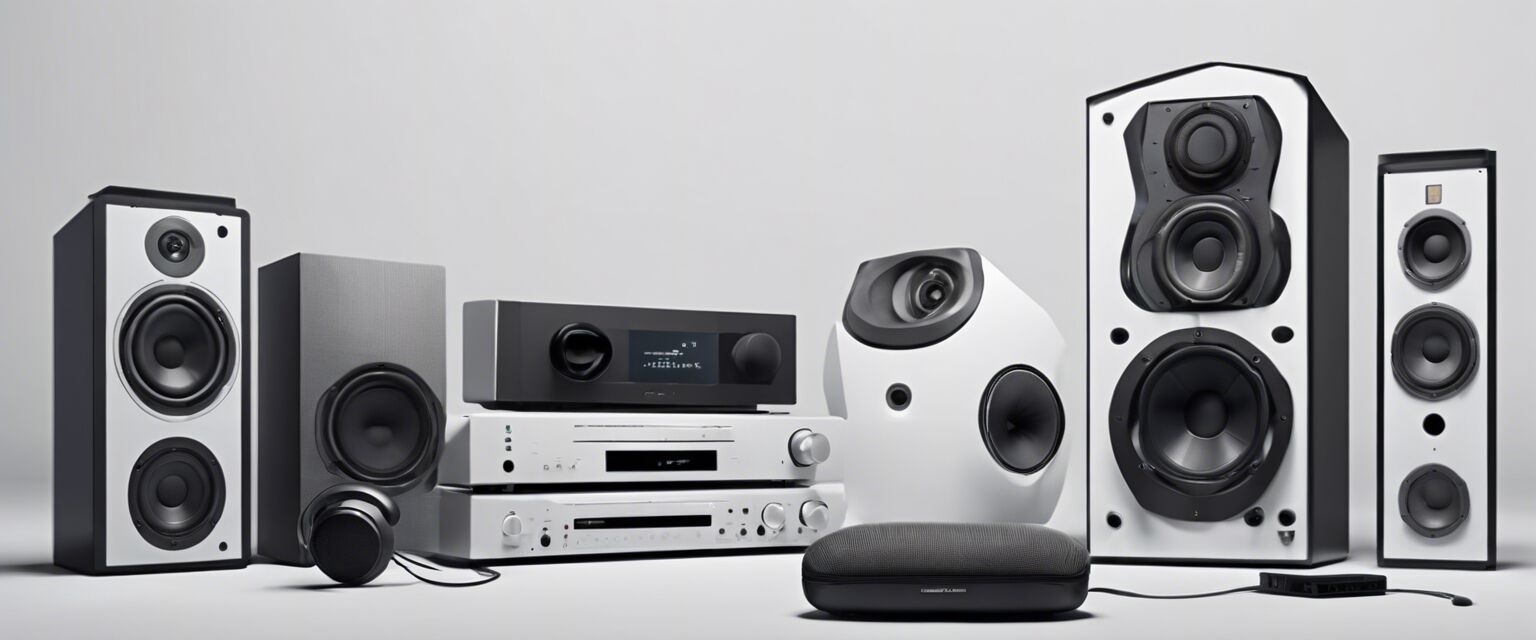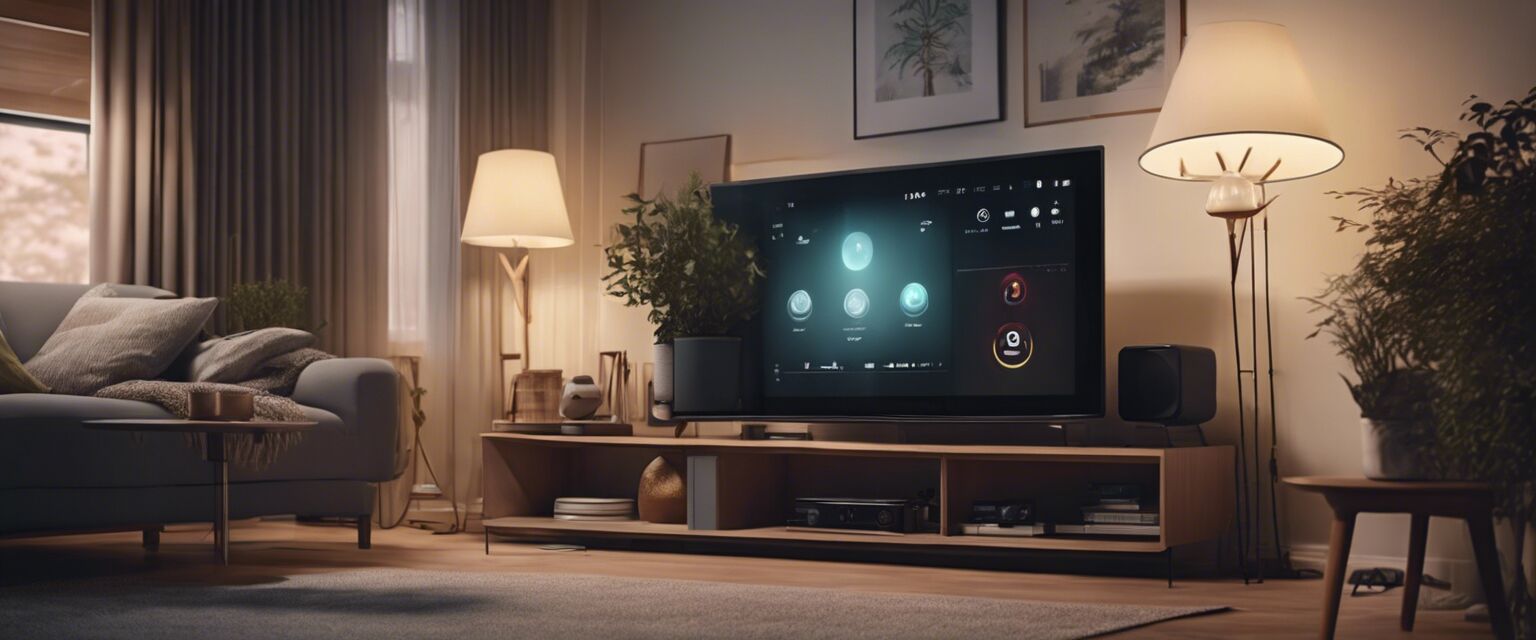
Home Automation
Key Takeaways
- Home automation enhances convenience and security.
- Smart devices can be controlled remotely via smartphone apps.
- Integration of various systems can lead to energy efficiency.
- Choosing the right devices depends on individual needs and compatibility.
Home automation is transforming the way we live by integrating technology into our daily routine. With a variety of smart devices available, homeowners can enjoy enhanced convenience, increased security, and better energy efficiency. Whether you're looking to automate your lighting, optimize your heating, or secure your home with cameras, this guide offers a comprehensive look at the best devices for a smart home.
Types of smart home devices
Below, we've outlined the key categories of devices that can enhance your home automation experience. Let's break it down:
| Device Type | Description |
|---|---|
| Lighting Systems | Smart lights that can be controlled remotely, scheduled, and adjusted for brightness and color. |
| Thermostats | Devices that automatically adjust the temperature based on your schedule and preferences. |
| Security Cameras | Monitoring devices that provide live feeds and alerts for home security. |
| Smart Plugs | Devices that allow you to control any plugged-in device remotely. |
| Smart Locks | Electronic locks that you can manage via mobile apps or keyless entry. |
Top Benefits of Home Automation
Embracing home automation can lead to numerous benefits, including:
- Convenience: Control all devices from your smartphone.
- Security: Monitor your home through cameras and alerts.
- Energy Efficiency: Reduce electricity bills by optimizing energy consumption.
- Peace of Mind: Check on your home remotely.
Setting up your home automation system
Getting started with home automation is simpler than you might think. Here's how to approach it:
- Choose a Hub: Select a central hub that can control multiple devices. Popular options include SmartThings, Amazon Echo, or Google Nest.
- Determine Your Needs: Decide on the type of devices that suit your lifestyle. Assess the rooms you want to automate.
- Start Small: Begin with a few essential devices and gradually expand your system.
- Integration: Ensure the devices you choose are compatible with your selected hub for seamless control.
Popular Devices for Smart Homes
Here are some of the most popular devices available for home automation:
| Device | Features | Price Range |
|---|---|---|
| Smart Light Bulbs | Color control, dimming, scheduling | $10 - $60 |
| Smart Thermostats | Learning capabilities, remote access | $100 - $250 |
| Security Cameras | HD video, night vision, motion alerts | $50 - $300 |
| Smart Locks | Remote locking, keyless entry | $100 - $250 |
Popular Smart Home Hubs
Here are some widely-used hubs that allow for the integration of multiple devices:
| Hub | Compatible Devices | Features |
|---|---|---|
| Amazon Echo | Alexa-compatible devices | Voice control, routines setup |
| Google Home | Google Assistant-compatible devices | Voice control, smart suggestions |
| Samsung SmartThings | Many third-party devices | Automation app, custom routines |
Challenges of Home Automation
While there are many advantages to smart devices, itâs important to be aware of potential challenges:
Pros
- Improved home security
- Convenient management of utilities
- Customizable routines
- Increased property value
Cons
- Potential for technical difficulties
- Privacy concerns
- Higher upfront costs
- Dependency on internet connectivity
The Future of Home Automation
As the technology continues to evolve, we can expect even more innovative solutions for home automation:
- Integration with artificial intelligence (AI) for predictive systems.
- Enhanced connectivity through the Internet of Things (IoT).
- Greater emphasis on energy efficiency and sustainability.
Resources for Further Learning
For those interested in diving deeper into home automation, consider visiting the following sections on our site:
Conclusion
Home automation offers numerous benefits that can significantly enhance your quality of life. By understanding the types of devices available and implementing a central hub for control, you can create an intelligent living space that is both comfortable and efficient. Stay ahead of the curve and integrate smart technology into your home today.



